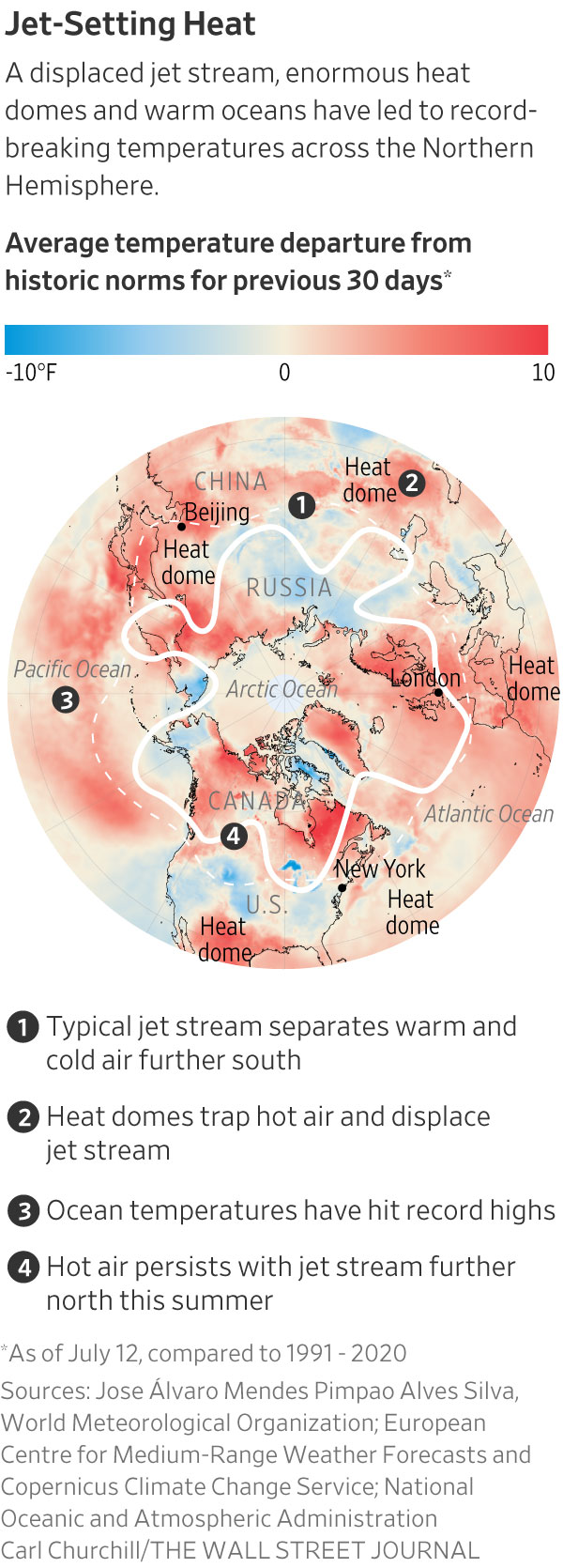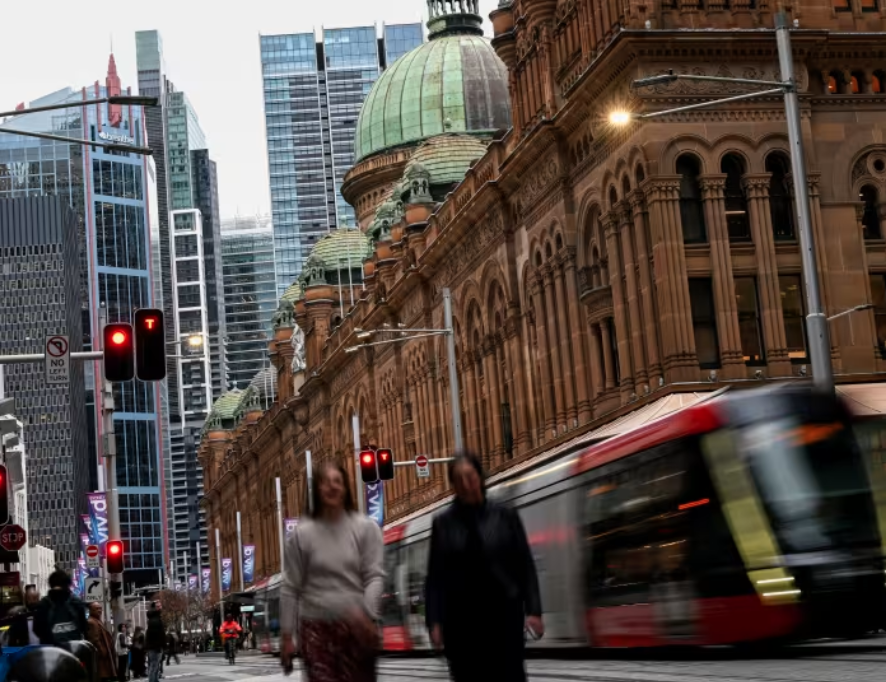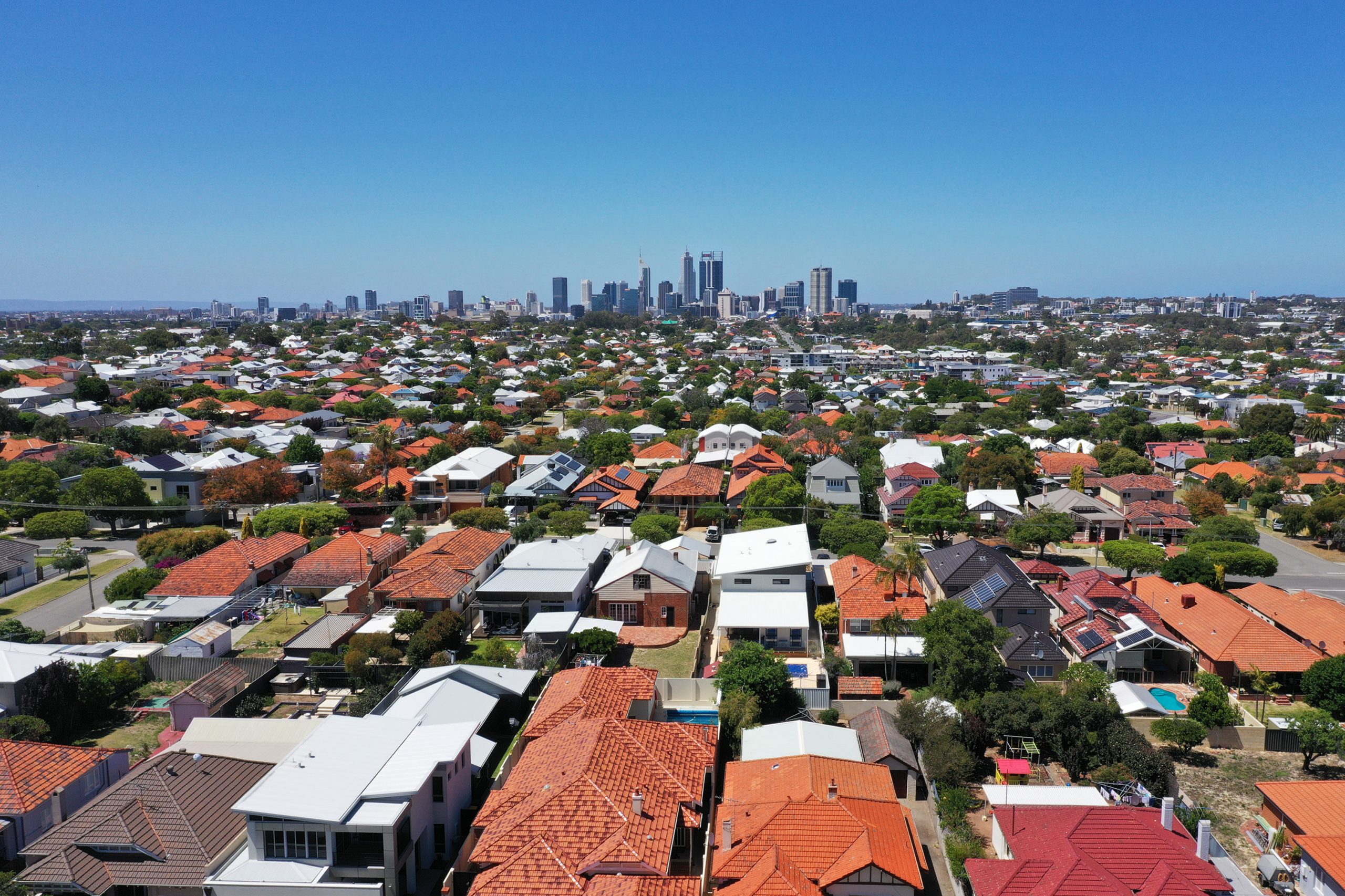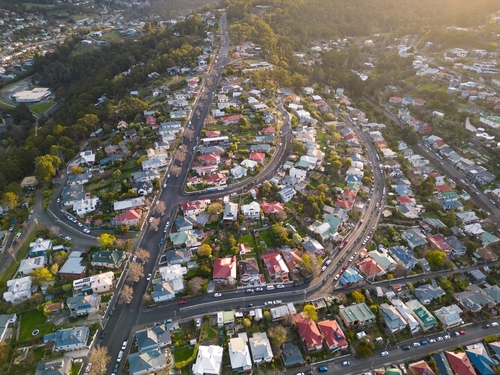The World Bakes Under Extreme Heat
Warming oceans and heat domes are contributing to one of the hottest summers on record
Deadly heat waves are upending daily life in large parts of the U.S., Europe and Asia, as warming oceans and unprecedented humidity fuel one of Earth’s hottest summers on record.
Meteorologists say last month was the hottest June on record and 2023 could be the hottest year ever if July’s record temperatures continue, straining businesses and threatening power grids.
Several factors are contributing to the record heat this summer, said Brett Anderson, a senior meteorologist at AccuWeather. Among them: Unusually warm oceans are raising humidity levels; several heat domes are trapping warmth around the world for longer than usual; and jet streams are causing deadly storms like the ones in Vermont this month to move slowly.
The hot seas and a recurring warm climate pattern called El Niño are compounding the effects of climate change, which scientists say is contributing to higher global temperatures.
“We are seeing an increasing number and more extremes and this is because of global warming,” said Jose Alvaro Mendes Pimpao Alves Silva, a consulting climatologist for the World Meteorological Organization, referring to extreme heat waves. “These situations are not unprecedented. But as they happen, their intensity is higher.”
Climate change has exacerbated extreme heat events, which have increased sixfold since the 1980s, according to the World Meteorological Organization. Increasing surface temperatures from climate warming make heat waves longer, more intense, and produce the weather conditions that keep them stalled over one place.
Global ocean temperatures hit record highs for the third consecutive month after El Niño conditions strengthened in June, according to the National Oceanic and Atmospheric Administration.
High-pressure heat domes that bring sweltering temperatures have occurred during the past few summers, but having four of them over land at the same time is still surprising to Carl Schreck, a tropical climatologist at North Carolina State University who works with NOAA.

“We’ve seen this over the last couple of summers, but it’s still remarkable when it does appear,” said Schreck.
Still, the sustained heat waves haven’t stopped tourists from hitting the beach in Spain or visiting landmarks in Washington, D.C. Some have even basked in the heat in California’s Death Valley, one of the hottest places on Earth.
U.S.
Several cities, including Phoenix, have broken records as the southern U.S. deals with unrelenting heat. El Paso, Texas, logged a record 33rd day in a row Tuesday with triple-digit temperatures. Texas’ power grids have held up despite concerns they couldn’t handle demand surges.
In the North, parts of Michigan, New York and Vermont have also broken daily temperature records this summer.
The waters off Florida in recent weeks have been hotter than 90 degrees, several degrees above normal, according to NOAA. The temperatures are threatening the coral reefs off the coast and fueling heat and humidity in the southern part of the state.
Europe
Europe is baking under a sustained heat wave that is covering much of the Mediterranean, according to the World Meteorological Organization. The Spanish state meteorological service warned of temperatures of between 108 and 111 degrees and issued alerts for the interior and Balearic Islands. Parts of the Balkans are also under alert.
The Italian island of Sardinia was forecast to approach an all-time high for the continent on Tuesday. Sicily set the highest recorded temperature in Europe at 119.8 degrees Fahrenheit, in August 2021.
Alberto Urpi, the mayor of Sanluri in Sardinia, said authorities had issued a weather red alert for the area, advising people to stay inside from late morning until 6 p.m.
“We are ready,” said Urpi. “We’ve gotten used to these heat waves and have had time to organise our response.”
Authorities closed the Acropolis in Athens for a large part of Friday and Saturday due to the heat. The Greek capital is forecast to stay above 97 degrees all week, topping out at almost 110 on Sunday.
Middle East
As temperatures soar to about 100 degrees across Egypt, the government has been cutting power in neighbourhoods across the country, forcing ordinary Egyptians to go without air conditioning, fans and refrigeration even during the hottest hours of the day.
“We are having horrible nights. Babies are crying because of the high temperatures and our refrigerator broke down,” said Nemaa Moustafa, a 31-year-old homemaker with newly born twins.
Egypt is in the midst of an economic crisis that has officials scrambling to bring in foreign currency to pay off staggering debts and stave off a currency collapse. Diverting the country’s natural-gas resources away from domestic use and toward lucrative exports is one way to get U.S. dollars.
In El-Shorouk city, on the outskirts of greater Cairo, residents said power cuts were happening four or five times a day, leaving them without electricity for hours. Some said they were also experiencing water disruptions making it more difficult to cope with the heat. Many stores and supermarkets have struggled to keep food fresh as refrigerators go down amid the cuts.
Asia
Another heat wave is simultaneously sweeping across parts of Asia. In China, a village in the northwestern region of Xinjiang hit a record high 126 degrees, according to state media.
During the heat wave, the U.S. climate envoy John Kerry met Chinese officials including Beijing’s top foreign policy envoy, Wang Yi, and Premier Li Qiang to discuss how to accelerate decarbonisation and other climate change goals. China and the U.S. are the world’s top greenhouse gas emitters.
Silva from the World Meteorological Organization said there are currently high-pressure systems trapping hot air in the region. The systems will remain in place over the next several days.
“It’s moving very slowly, but we will not have this situation forever,” Silva said.
—Chao Deng contributed to this article.
 Copyright 2020, Dow Jones & Company, Inc. All Rights Reserved Worldwide. LEARN MORE
Copyright 2020, Dow Jones & Company, Inc. All Rights Reserved Worldwide. LEARN MORE
This stylish family home combines a classic palette and finishes with a flexible floorplan
Just 55 minutes from Sydney, make this your creative getaway located in the majestic Hawkesbury region.
Excluding the Covid-19 pandemic period, annual growth was the lowest since 1992
Australia’s commodity-rich economy recorded its weakest growth momentum since the early 1990s in the second quarter, as consumers and businesses continued to feel the impact of high interest rates, with little expectation of a reprieve from the Reserve Bank of Australia in the near term.
The economy grew 0.2% in the second quarter from the first, with annual growth running at 1.0%, the Australian Bureau of Statistics said Wednesday. The results were in line with market expectations.
It was the 11th consecutive quarter of growth, although the economy slowed sharply over the year to June 30, the ABS said.
Excluding the Covid-19 pandemic period, annual growth was the lowest since 1992, the year that included a gradual recovery from a recession in 1991.
The economy remained in a deep per capita recession, with gross domestic product per capita falling 0.4% from the previous quarter, a sixth consecutive quarterly fall, the ABS said.
A big area of weakness in the economy was household spending, which fell 0.2% from the first quarter, detracting 0.1 percentage point from GDP growth.
On a yearly basis, consumption growth came in at just 0.5% in the second quarter, well below the 1.1% figure the RBA had expected, and was broad-based.
The soft growth report comes as the RBA continues to warn that inflation remains stubbornly high, ruling out near-term interest-rate cuts.
RBA Gov. Michele Bullock said last month that near-term rate cuts aren’t being considered.
Money markets have priced in a cut at the end of this year, while most economists expect that the RBA will stand pat until early 2025.
Treasurer Jim Chalmers has warned this week that high interest rates are “smashing the economy.”
Still, with income tax cuts delivered at the start of July, there are some expectations that consumers will be in a better position to spend in the third quarter, reviving the economy to some degree.
“Output has now grown at 0.2% for three consecutive quarters now. That leaves little doubt that the economy is growing well below potential,” said Abhijit Surya, economist at Capital Economics.
“But if activity does continue to disappoint, the RBA could well cut interest rates sooner,” Surya added.
Government spending rose 1.4% over the quarter, due in part to strength in social-benefits programs for health services, the ABS said.
This stylish family home combines a classic palette and finishes with a flexible floorplan
Just 55 minutes from Sydney, make this your creative getaway located in the majestic Hawkesbury region.






















